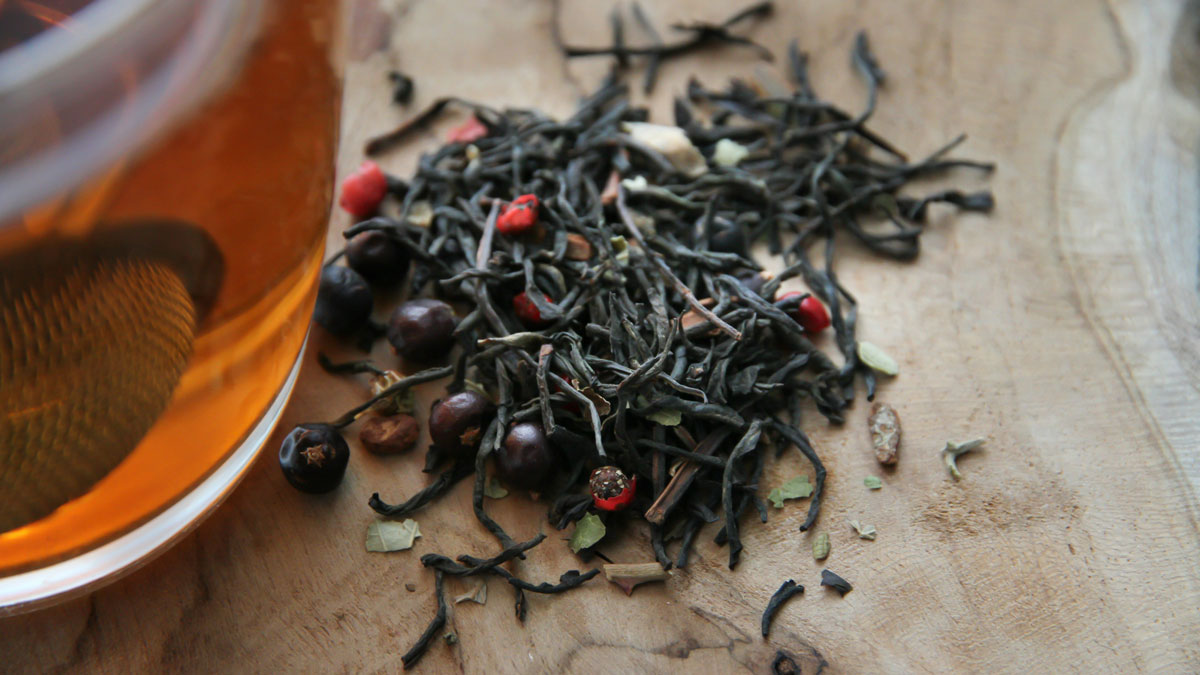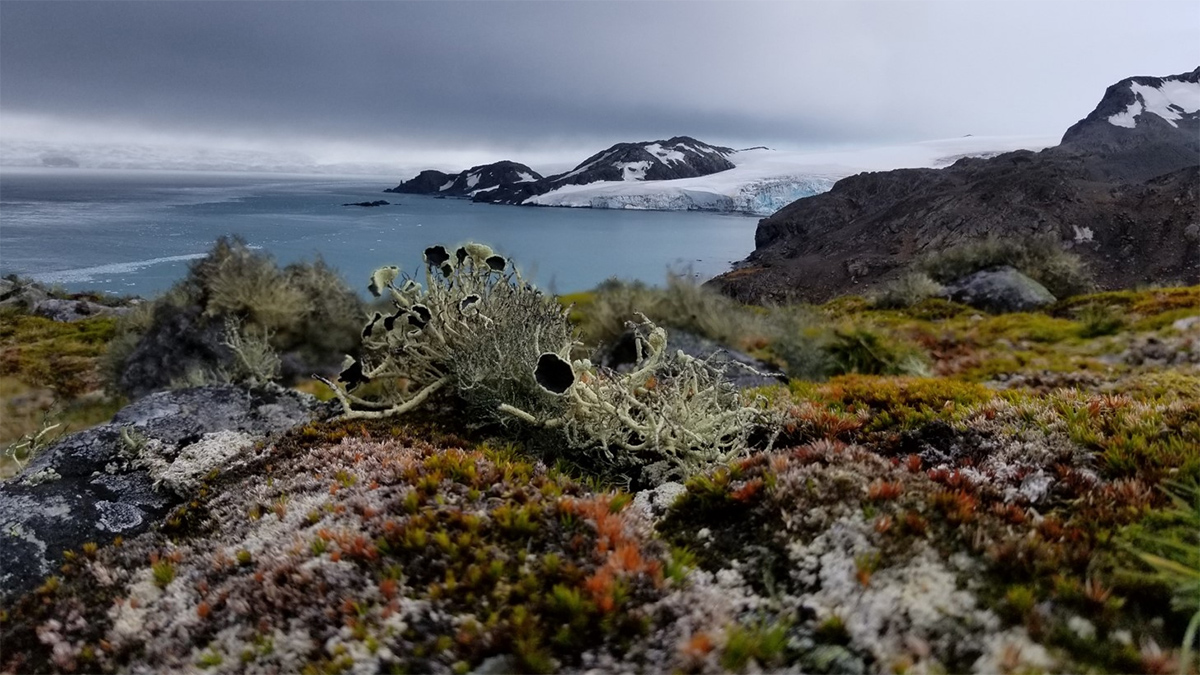Los frágiles ecosistemas de las tierras altas mostraron baja resiliencia a los incendios, lo que los hace más vulnerables a la degradación a largo plazo.
plants
Tea Leaves Remove Lead from Water
Surface and chemical properties of tea leaves may help explain the correlation between tea consumption and lower incidences of heart disease, high blood pressure, and stroke.
Wildfires Pose a Threat to Volcanic Soils in the Peruvian Andes
Fragile highland ecosystems showed low resilience to fire, which renders them more vulnerable to long-term degradation.
New Map Reveals the Extent of Vegetation in Antarctica
More than 40 square kilometers of vegetation cover Antarctica, including in previously unknown areas. A new map offers fresh insights for conservation amid climate change.
Spectral Solar Radiative Transfer in Plant Canopies
Spectrally resolved radiative transfer is needed to compute reliable estimates of sunlight transmission and photolysis of molecules within plant canopies.
Ancient Pines Could Reveal the Heat of Thousands of Past Seasons
A novel 3D CT scan approach unlocks temperature records preserved in the gnarled wood of bristlecone pines.
Carbon Cycles Through Plants More Quickly Than Expected
A radioactive isotope produced by nuclear weapons reveals that plants take up more carbon—but hold on to it for less time—than current climate models suggest.
How Soil Symbionts Could Unlock Climate-Smart Agriculture
By tracing the evolutionary history of beneficial soil microbes, scientists hope to unearth a sustainable solution for producing food to feed a growing global population.
Sand’s Role in Rerouting Meandering Rivers Is Bigger Than We Thought
Researchers delve into the dirt causing rivers to migrate.










